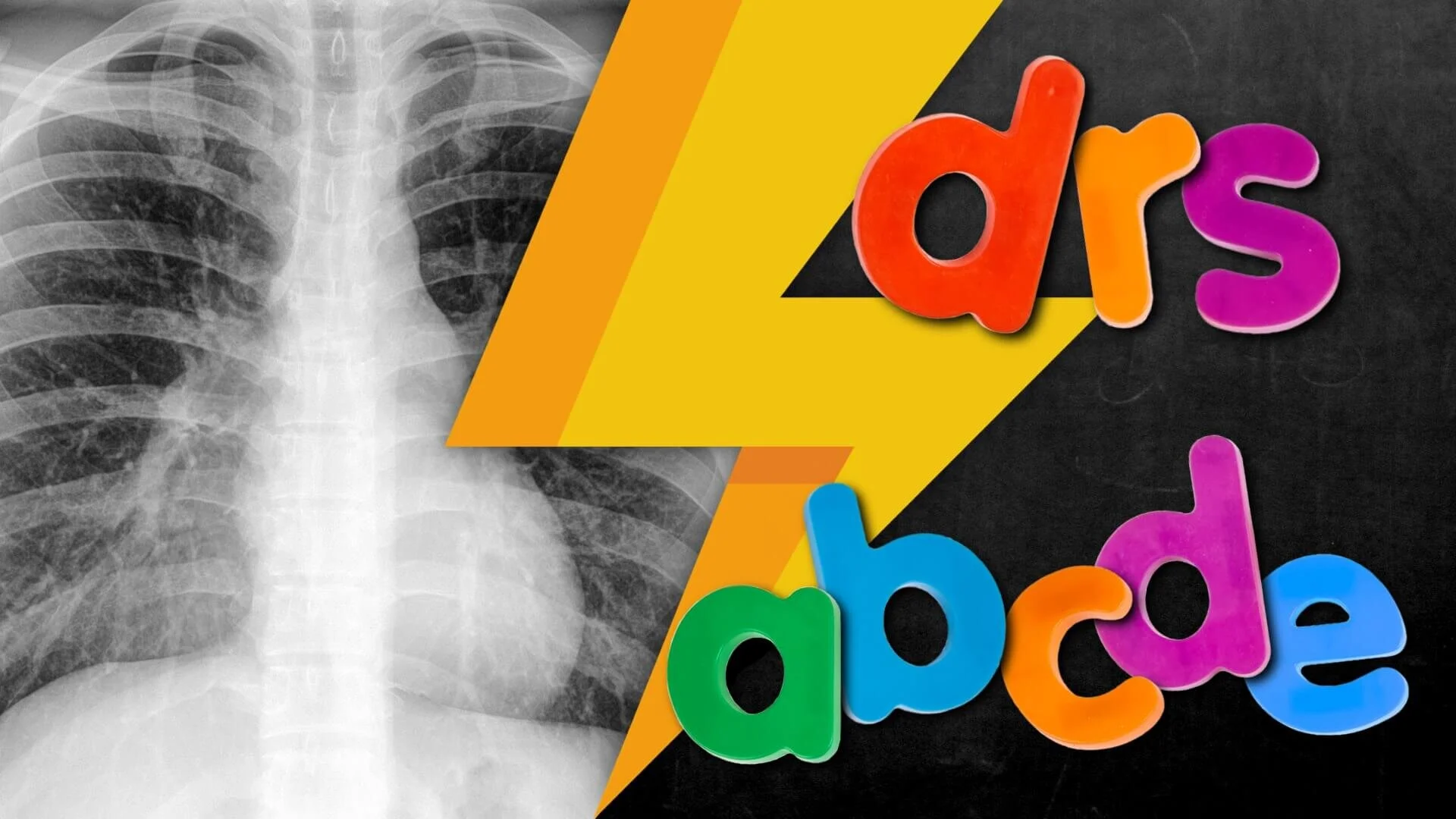Lightning Learning: Cocaine-induced Chest Pain
STOP!
Cocaine (aka coke, snow, crack or rock) is a strong central nervous system (CNS) stimulant frequently used as a recreational drug. It is commonly snorted, inhaled or injected.
In 2018 it was the second most misused substance among adults in the UK. (NHS DIGITAL)
Cocaine stimulates alpha and beta adrenergic receptors resulting in increased myocardial oxygen demand and decreased myocardial perfusion – resulting in chest pain.(1)
Cocaine's effect on the Cardiovascular System: (1,2)
- Coronary vasoconstriction/vasospasm
- Tachycardia and hypertension
- Atherosclerotic changes
- Increased platelet aggregation
- Coronary artery aneurysm formation
- Direct damage to the myocyte
- Aortic dissection
DO NOT MISS!
Cocaine-induced bowel ischaemia can also be caused by vasoconstriction related to cocaine use. Abdo pain is out of proportion to examination findings.(3)
LOOK
Diagnosis: (1,2)
- History: questions about pain, duration of symptoms, amount taken etc.
- ECG: ischaemic changes = admission
- Cardiac biomarkers: HS Trop-I, CK
- CXR: ruling out other causes of chest pain
- Observation: 4 hours post exposure if symptomatic (refer to TOXBASE.org)
If you suspect complications (e.g. aortic dissection) request CT aortogram as needed.
Treatment: (2)
Any chest pain associated with cocaine usage should be treated as an emergency:
- Antiplatelet therapy (Aspirin 300 mg PO).
- Benzodiazepines and nitrates (e.g. Diazepam 10 mg PO) to relieve chest pain. Consider IV Benzodiazepines if agitated.
- Coronary angiography +/- stenting, if ST elevation persists after medical treatment. Liaise with cardiology.
- Avoid beta-blockers – risk of unopposed alpha-agonism.
LEARN
Follow up:
Advise cessation of cocaine use. UK patients can also self-refer to social care services like Turning Point.(4)








